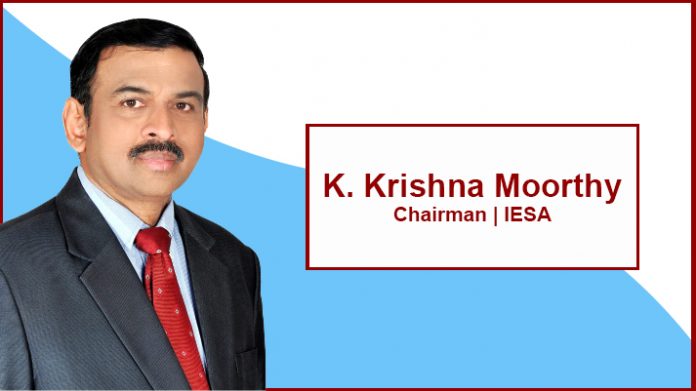ELE Times: India is a favorable R&D destination. Given to the slow but decent growth observed in manufacturing plants in India, do you think India could be a good destination for both R&D and also manufacturing together in near future?
K Krishna Moorthy : If you look at world over, which I personally advocate, in India we are doing a significant amount of system designing, if not in a very large scale. We have fairly large numbers of set-top boxes being manufactured in India. Manufacturing in India can progress, if designing is also happening in parallel. Three to five years time now if we get into system designing, manufacturing in India would be sustainable.
Now in the next level, the components manufacturing is not happening at all. There are multiple reasons to it. The capital investment in component manufacturing is high which many Indian isn’t ready to make. But the designing area has reached a good level of maturity. This has paved the path to full products designing in India, and the complete product is being manufactured out of these designs. Here the government’s initiative is required and IESA will be happy to give its inputs. Without reaching a reasonable penetration, like 70% of the components designing the electronic system industry, manufacturing coming out of the industry does not help to sustain the value addition.
ELE Times: In regard to capital subsidisation, what initiatives of the government can be helpful for the industry?
K Krishna Moorthy: Capital subsidisation is one of the techniques used that has not been very successful yet. There are multiple stakeholders like the state where the manufacturing plants are established which should be able to provide the land, electricity and water. The central government has to pitch in with capital import duty subsidy or subsidies of the taxes and most importantly ascertaining that the components that get manufactured in India are of global standards. Incentivizing can go on for a long way, for both R&D and manufacturing.
ELE Times: How much has the ESDM industry been affected by the demonetization drive, and what impact does the industry foresees?
K Krishna Moorthy: I believe demonetization hasn’t really affected the R&D sector neither the manufacturing has been much affected, as both the sectors are not very much depended upon cash currency to function. However if you ask me the question in a different perspective then I would like to comment on this that, Indian companies has missed a tremendous opportunity to encase the cashless business in India. Where we see end number of e-payments solutions rolling in, with its own inherent drawbacks. The impact was a little negative as the industry was not ready or prepared to grab the opportunity for efficient payment solutions, which leads to some disappointment here.




